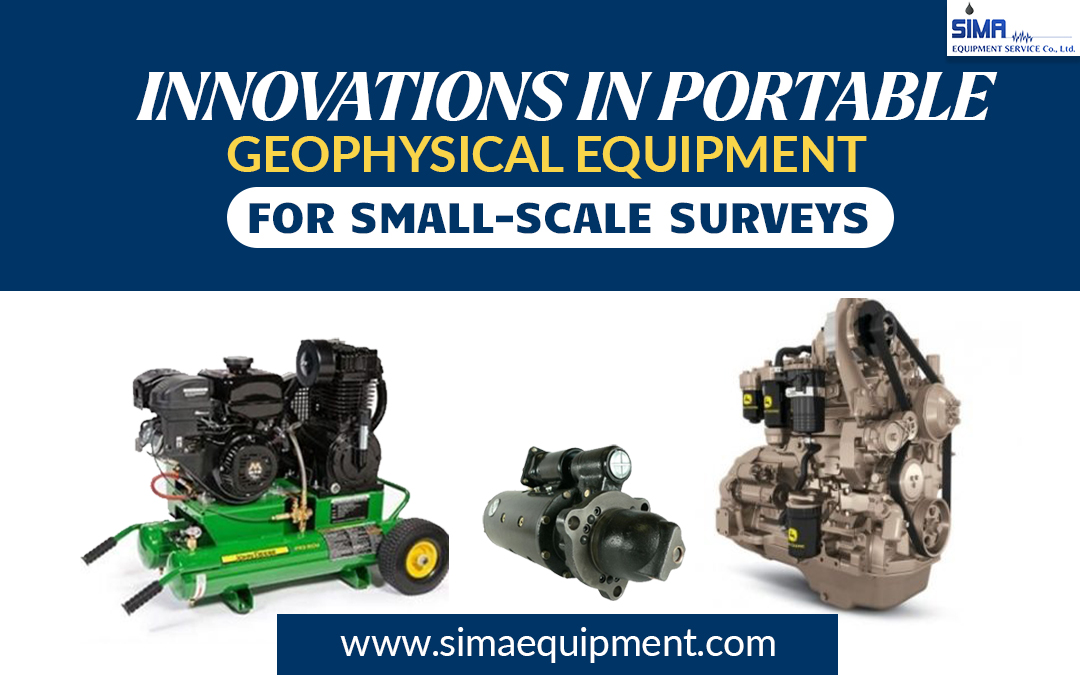seismic cable
Innovations in Portable Geophysical Equipment for Small-Scale Surveys
The field of geophysics has witnessed remarkable advancements in recent years, particularly in the realm of portable equipment designed for small-scale surveys. These innovations have revolutionized the way geologists, archaeologists, and environmental scientists conduct their research, making it more efficient, cost-effective, and accessible.
This blog post explores the cutting-edge developments in portable geophysical equipment, highlighting how these tools are transforming small-scale surveys across various disciplines.
Miniaturization and Portability
Manufacturers now produce compact versions of traditionally bulky instruments, allowing researchers to carry sophisticated tools into remote or challenging terrains. This miniaturization has not come at the expense of functionality; many of these portable devices offer capabilities that rival their larger counterparts.
- Handheld magnetometers with GPS integration
- Compact ground-penetrating radar systems
- Portable seismic recorders with wireless connectivity
Integration of Multiple Sensing Technologies
Modern portable geophysical equipment often combines multiple sensing technologies into a single device, providing researchers with a comprehensive suite of tools in one package. This integration allows for more holistic data collection and analysis, enabling scientists to correlate different types of geophysical information more easily.
- Multi-sensor arrays incorporating electrical resistivity, magnetic, and electromagnetic methods
- Integrated seismic cable and acoustic systems for near-surface imaging
- Combination of geochemical and geophysical sensors for environmental monitoring
Advanced Data Processing and Visualization
The latest portable geophysical equipment has powerful onboard processing capabilities and user-friendly interfaces. These features enable real-time data analysis and visualization in the field, significantly reducing the time between data collection and interpretation.
- Rugged tablets with specialized geophysical software
- Cloud-based data processing and storage solutions
- Augmented reality displays for in-situ data visualization
Wireless Connectivity and IoT Integration
The integration of wireless technologies and the Internet of Things (IoT) has greatly enhanced the capabilities of portable geophysical equipment. These advancements allow seamless data transfer, remote monitoring, and collaborative research efforts.
- Bluetooth-enabled seismic cables for easier deployment and retrieval
- IoT-connected sensors for long-term environmental monitoring
- Remote access to equipment settings and data streams
Improved Energy Efficiency and Battery Life
Innovations in battery technology and power management have significantly extended the operational life of portable geophysical equipment. This improvement allows researchers to conduct longer surveys in remote areas without the need for frequent recharging or battery replacement.
- High-capacity lithium-ion batteries with quick-charge capabilities
- Solar-powered recharging options for extended field use
- Smart power management systems to optimize energy consumption
Enhanced Durability and Environmental Resistance
Manufacturers have made great strides in improving portable geophysical equipment’s durability and environmental resistance. These enhancements ensure that the devices can withstand harsh field conditions, from extreme temperatures to high humidity and dust.
- Waterproof and dustproof casings for sensitive electronic components
- Shock-resistant designs for rugged terrain
- Temperature-compensated sensors for accurate readings in varying climates
Artificial Intelligence and Machine Learning Integration
The incorporation of artificial intelligence (AI) and machine learning algorithms into portable geophysical equipment has opened up new possibilities for data interpretation and anomaly detection. These advanced technologies assist researchers in identifying patterns and making predictions based on complex geophysical datasets.
- AI-powered noise reduction in seismic data processing
- Machine learning algorithms for automated geological feature recognition
- Predictive maintenance systems to optimize equipment performance
Conclusion
The rapid pace of innovation in portable geophysical equipments has transformed small-scale surveys, making them more accessible, efficient, and informative than ever before. As technology evolves, we can expect even more exciting developments in portable geophysical equipment, further empowering scientists to unravel the mysteries hidden beneath the Earth’s surface.

